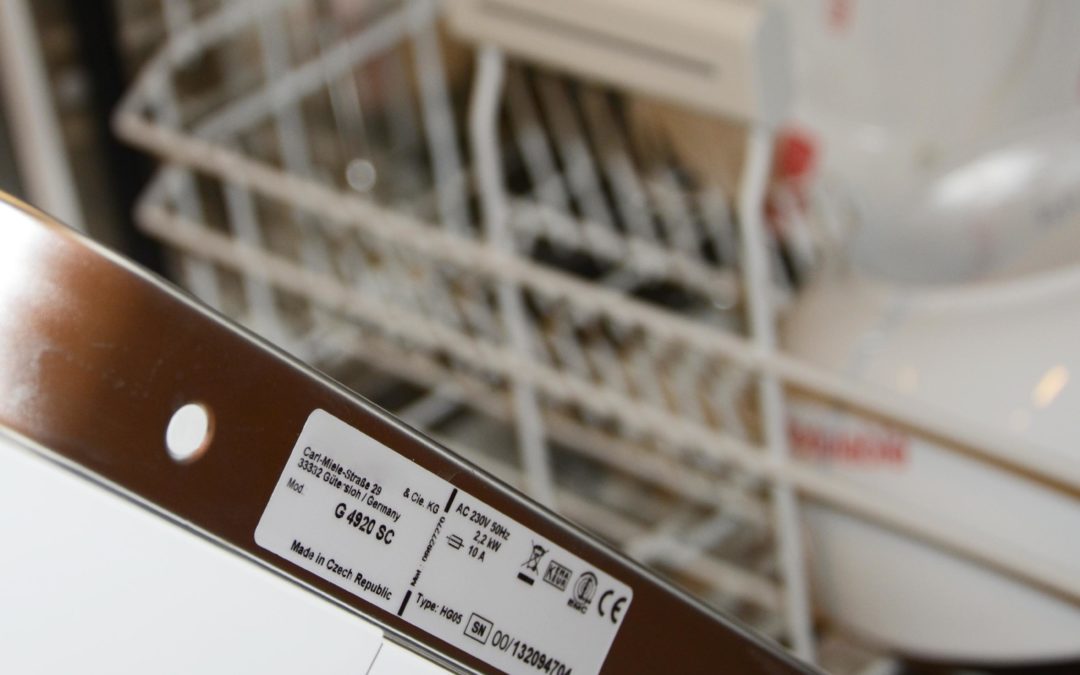Rating plate labels are required on electrical appliances and devices. These labels look more like placards made from plastic or metal, and they carry critical information. When it comes to rating plate labels, you want to make sure you choose the right high-quality media.
Here’s what you should consider when choosing.
Must be UL-Certified
More often than not, these labels are tested and certified under the Underwriters Laboratories (UL) 969 label and marking standard, and bear the signature “UL” mark to prove it. UL is one of the most popular and leading certification companies in North America. A UL-certified, or “enhanced mark” label can be scanned by consumers to look up safety standards that the product has been tested and certified against. This is an important quality, because it allows consumers to have more confidence in the devices and products they are purchasing and using.
A UL-certified label has to have a UL-approved construction, which lists out all the key elements of the label, such as substrate, inks, printing processes, decorative finishes, manufacturing location, and more.
Can it Maintain Data Legibility?
Because these rating plate labels carry such important data, it’s critical that the label can remain legible and intact during all stages of the product lifecycle. From manufacturing to utilization, repair, and recycling, the data on each label needs to be clear and the label itself must be durable enough to resist damage.
If labels are damaged, faded, or scratched, it can interfere with the identification of parts during an item’s repair. It could cause the product to be used inappropriately or even dangerously. That’s why it’s so important to choose your rating plate inks and media carefully.
Watch the video to learn more about Armor and Imprint Enterprises: Thermal Transfer Ribbons
Can it Provide Resistance to Demanding Environments?
The nature of the products that contain rating plate labels means that labels are more likely than not to come into contact with hazard materials and demanding environments. These labels are found on a wide range of products, so it’s not enough for a label to withstand the rigors of some environments—it needs to be able resist damage in all types of environments.
While you can’t predict every single environment your labels will be used in, here are some likely hazards you want to make sure you can protect against:
- Abrasion
- Solvents
- Heat
- Fats
- Cold
- UV
Hazardous Materials Labeling Requirements
Some appliances require the application of Globally Harmonized System (GHS) labels to indicate health, physical, and environmental hazard information as well as protective measures. Depending on which country your shipping your goods to, and the method you ship them, you may be under the regulations of GHS.
Choosing Your Labels:
You oversee the manufacturing of your products and initial application of your rating plate labels, but once the device is sent out, you may not know whether your labels remain intact and legible throughout the product lifespan. Because of this reason, it’s crucial that you choose only the best, highest-quality labels and media meant for the application.
Imprint Enterprises partners with Armor to provide the proper labeling solutions and guidance to manufacturers that print their own GHS and UL Component labels in-house to make sure you stay compliant with UL and GHS standards, and your labels maintain high print quality and label durability. For more information on rating plate labels and compliance, contact Imprint Enterprises today.




